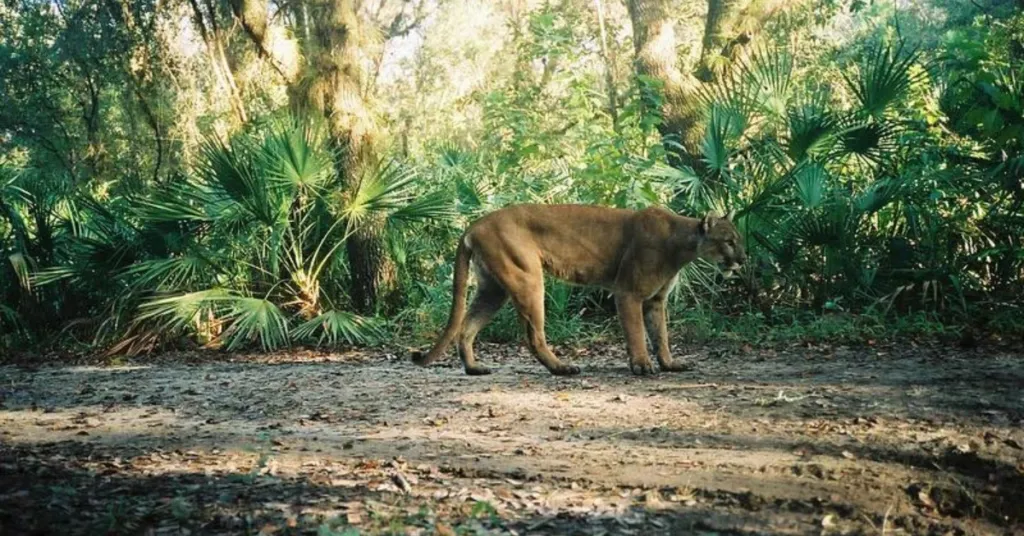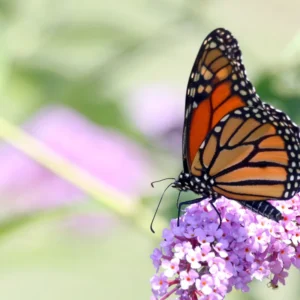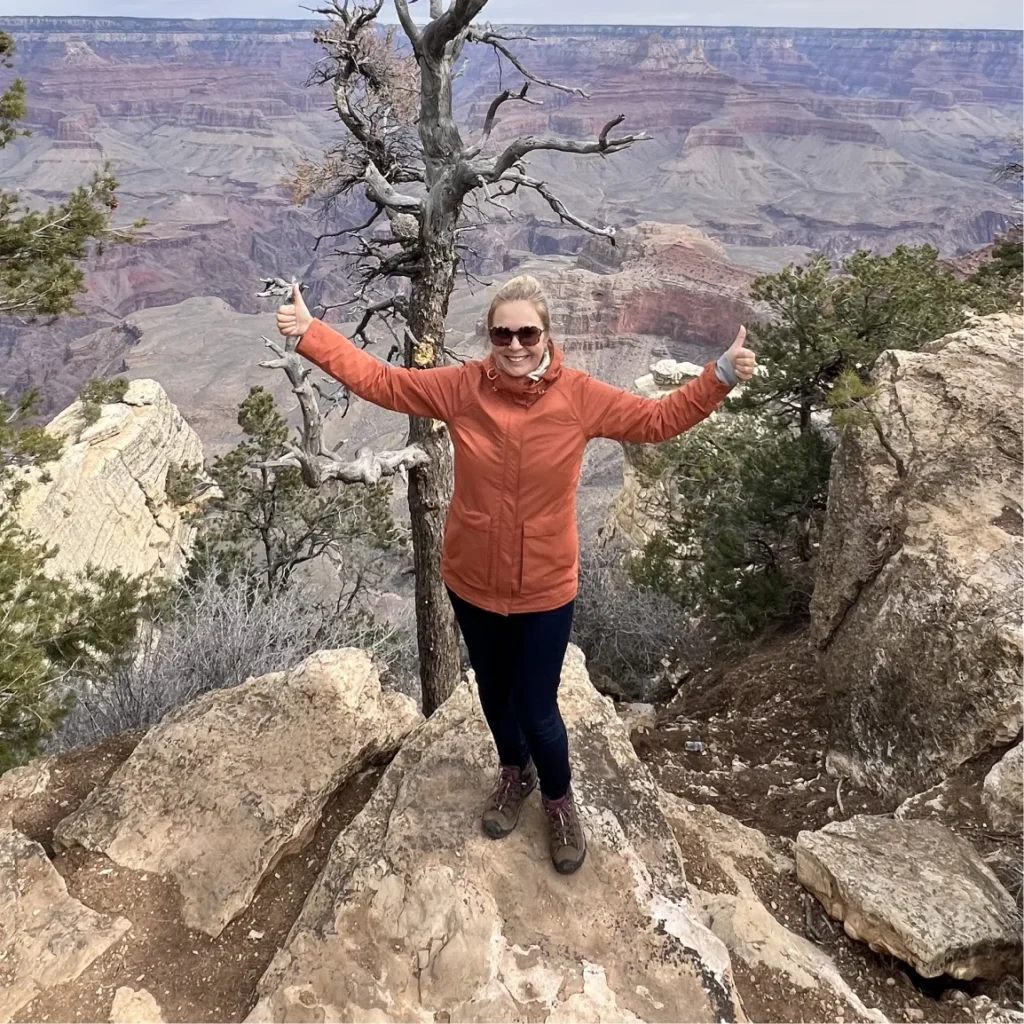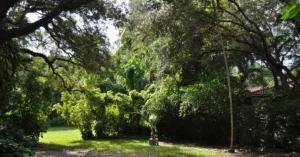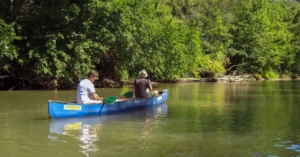Wildlife watching is like being a nature detective. You get to look for animals and learn about their lives. Think of it as visiting a friend’s house; we need to be good guests. This means we stay quiet, clean up after ourselves, and watch animals without scaring them.
By doing this, we help keep their homes safe and happy. Have you ever watched a squirrel gather nuts or a deer quietly grazing? It’s exciting to see animals in their natural homes doing their daily activities.
But remember, it’s important to keep our distance so they feel safe.
We use our eyes or binoculars to see them up close without getting too close. This way, we make sure we don’t bother them.
So, are you ready to learn some awesome tips on how to watch wildlife responsibly?
Let’s become the best wildlife detectives!
Why Should Wildlife Watching Be Guided?

Wildlife watching should often be guided for several reasons. First, guides are trained to spot animals that you might miss on your own.
They know where animals like to hang out and the signs that animals are nearby. This makes your experience much more exciting and rewarding.
Second, guides know how to safely observe animals without disturbing them. They teach visitors the proper ways to behave in wildlife areas, which is crucial for the animals’ well-being and for your safety. This education helps protect wildlife and their habitats.
Third, guided tours can provide a wealth of information about the animals and the ecosystem.
Guides often share fascinating facts and stories that enrich your understanding of what you’re observing.
Lastly, going on a guided tour supports local conservation efforts. Many guides are part of programs that contribute directly to wildlife protection. By choosing guided tours, you’re helping fund these important initiatives.
Essential Wildlife Watching Tips
- Dress Right: Wear comfortable shoes and clothes that blend in with the natural surroundings. Dark greens, browns, and grays are perfect. This camouflage helps you stay unnoticed, letting you observe animals without startling them. Plus, always check the weather and dress appropriately to stay comfortable during your adventure.
- Best Times to Watch: Early morning or late afternoon are prime times for wildlife activity. Animals are often out feeding or playing. These times also offer softer light for photographs, enhancing your viewing experience. Remember, patience is key, as wildlife may not always be on schedule.
- Stay Back: Maintain a respectful distance to avoid disturbing the animals. Use binoculars or a camera with a good zoom to get a closer look. This not only protects the wildlife but also keeps you safe from potentially dangerous encounters. Watching from a distance can be just as rewarding as getting close.
- No Noise: Keep noise to a minimum. Avoid loud conversations and silencing your phone. Quiet observers are more likely to witness natural behaviors. The sounds of nature are part of the experience; listen to them adds to the magic of your wildlife adventure.
- Clean Up: Always take your trash with you. Leftover food, wrappers, and even biodegradable items like apple cores can harm wildlife and the environment. Ensuring you leave no trace keeps the habitat pristine for future visitors and the animals themselves.
- Use Paths and Trails: Stick to marked paths and trails whenever possible. Straying off can damage delicate flora and disturb hidden animals. Paths are there to ensure both your safety and the preservation of the wildlife habitat.
- Respect Animal Signs and Warnings: Pay attention to any posted signs or warnings about the wildlife in the area. These are put in place to protect both you and the animals. Heeding these warnings can prevent negative encounters and preserve the natural order of the park.
How To Watch Animals The Right Way

Watching animals the right way is essential for both their safety and yours. Here’s how to do it responsibly:
- Learn Before You Go: Before heading out, learn about the animals you might see. Understand their behaviors, needs, and when they are most active. This knowledge helps you anticipate their actions and respect their space. Websites, wildlife books, and visitor center displays can provide valuable insights.
- Using Apps and Guides: Technology can enhance your wildlife watching experience. Various apps offer detailed information about different species, including where they’re commonly found and how to identify them. Apps like iNaturalist or Merlin Bird ID are great tools. Field guides are also invaluable for providing detailed descriptions and illustrations that can help you identify animals and understand more about them.
- Guided Tours are Cool: Guided tours are an excellent way to watch wildlife. Guides are trained to spot animals that are easy to miss and know the best spots for viewing. They ensure you observe animals safely and responsibly, without disturbing their natural activities. Plus, guides can share fascinating facts and stories that make the experience more enriching and educational.
- Respect Wildlife Space: Always give animals plenty of room. If an animal changes its behavior because of your presence, you’re too close. This includes moving away, becoming agitated, or stopping its regular activities. Respecting their space not only keeps the animals comfortable but also ensures natural behavior.
- Follow Regulations: National parks and wildlife areas often have specific rules designed to protect both the wildlife and visitors. These might include staying on designated trails, not feeding the animals, or specific guidelines about using flash photography.
Fun Ways To Enjoy Wildlife Watching
Wildlife watching can be a blast if you try these fun approaches:
- Photography: Bringing a camera lets you capture the beauty of the animals and the landscapes they inhabit. Remember to use a zoom lens so you can keep a safe distance. Capturing these moments can be thrilling and gives you a keepsake to remember your adventure.
- Journaling Your Sightings: Keep a wildlife journal. Write down what animals you see, the time of day, and their activities. This not only helps you remember your experiences but also sharpens your observation skills. You might even want to sketch the animals!
- Playing Wildlife Bingo: Create or find a wildlife bingo card with different animals and plants you might see. This game is great for kids and adds an element of excitement to spotting new creatures.
- Using Night Vision Goggles: If allowed, using night vision goggles can open up a whole new world. Nighttime brings out different wildlife, and seeing this hidden world can be incredibly exciting.
- Learn Animal Calls: Learning to recognize and understand different animal sounds adds depth to your experience. You might even try mimicking bird calls with practice!
Help Keep Animals Safe
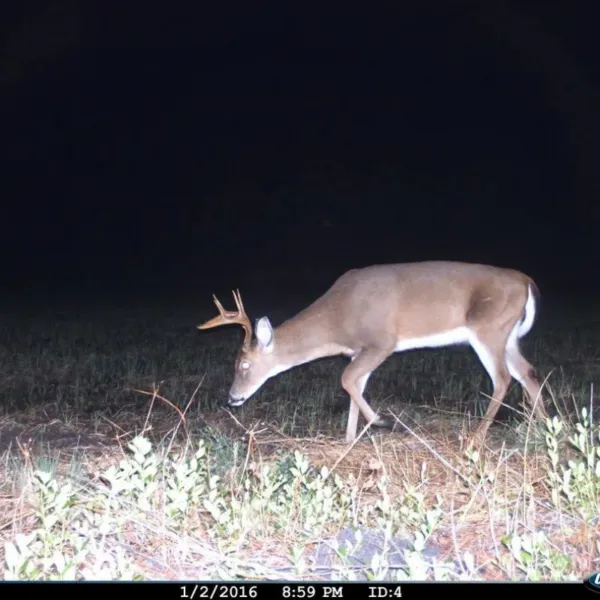
Helping to keep animals safe while enjoying wildlife watching is crucial. Here’s how you can contribute:
- Stay on Trails: Always stick to marked trails. This minimizes your impact on the natural habitat and keeps both you and the wildlife safe by reducing the chances of disturbing animals in their natural environments.
- Don’t Feed the Animals: Feeding wildlife can alter their natural behaviors and diet, which can be harmful. It also encourages animals to approach humans, increasing the risk of injury on both sides.
- Be Informed about Local Wildlife Laws: Different areas have specific rules designed to protect wildlife. These can include restrictions on touching or approaching wildlife, using drones, or specific rules about camping near animal habitats. Knowing and following these laws helps keep animals safe.
- Support Conservation Programs: Many wildlife areas have conservation programs you can support through donations or volunteering. These programs help protect animals and their habitats, ensuring they thrive for generations to come.
What Can You Do
Wildlife watching is more than just a fun activity—it’s a chance to connect with nature and make a positive impact. By following this responsible wildlife watching guide, you help protect wildlife and their habitats. Remember, every small action counts, from staying on trails to respecting animal space.
So, grab your binoculars, head out with respect and curiosity, and enjoy the wonders of the wild. Your adventures not only create lasting memories but also contribute to the ongoing efforts to conserve our planet’s incredible biodiversity.

